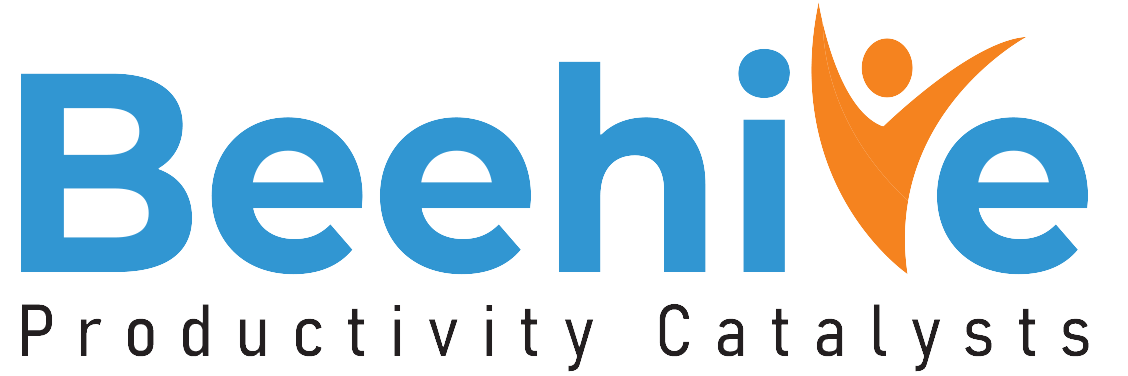Grievance Management
Too often, organizations treat grievances as isolated problems. But patterns in complaints often reveal deeper issues such as broken processes, or gaps in leadership. Beehive HRMS helps you identify these signals early and act decisively to build a workplace where people feel safe, heard, and respected.

Treat complaints like they are a business priority


Ineffective Grievance Handling is costing you
Trust Erosion & Talent Loss
Loss: ₹4–6 crores/year in replacement, lost productivity, and brand damage.
Slow Response = Compounding Problems
Impact: 43% higher turnover in companies with slow or opaque grievance resolution.
Siloed & Manual Processes
Cost: ₹1.6L–₹3L/year in unnecessary escalation and legal risk.
No Feedback Loop = No Growth
Outcome: 41% increase in repeat issues that could have been prevented.
Beehive HRMS Grievance Intelligence
01
Omnichannel Grievance Submission
Benefit: 89% of issues resolved within 24 hours (vs. 5–7 days industry avg).
04
Smart Escalation with SLA-Driven Workflow
Reliability: Resolution SLA adherence improves by 68%.
07
Evolving Knowledge Base
Clarity: 60% drop in repeat queries and escalations.
Let’s turn complaint queue to competitive edge
FAQ
What do startups need to know?
From a business-centric viewpoint you will need to know your target audience, conduct market research, find investors, register and pick a location, and develop a product that stands out from the market.
How to obtain startup funding/capital?
From a business-centric viewpoint you will need to know your target audience, conduct market research, find investors, register and pick a location, and develop a product that stands out from the market.
What are the costs of a startup?
From a business-centric viewpoint you will need to know your target audience, conduct market research, find investors, register and pick a location, and develop a product that stands out from the market.
Why do startups succeed?
From a business-centric viewpoint you will need to know your target audience, conduct market research, find investors, register and pick a location, and develop a product that stands out from the market.
What is venture capital?
From a business-centric viewpoint you will need to know your target audience, conduct market research, find investors, register and pick a location, and develop a product that stands out from the market.
